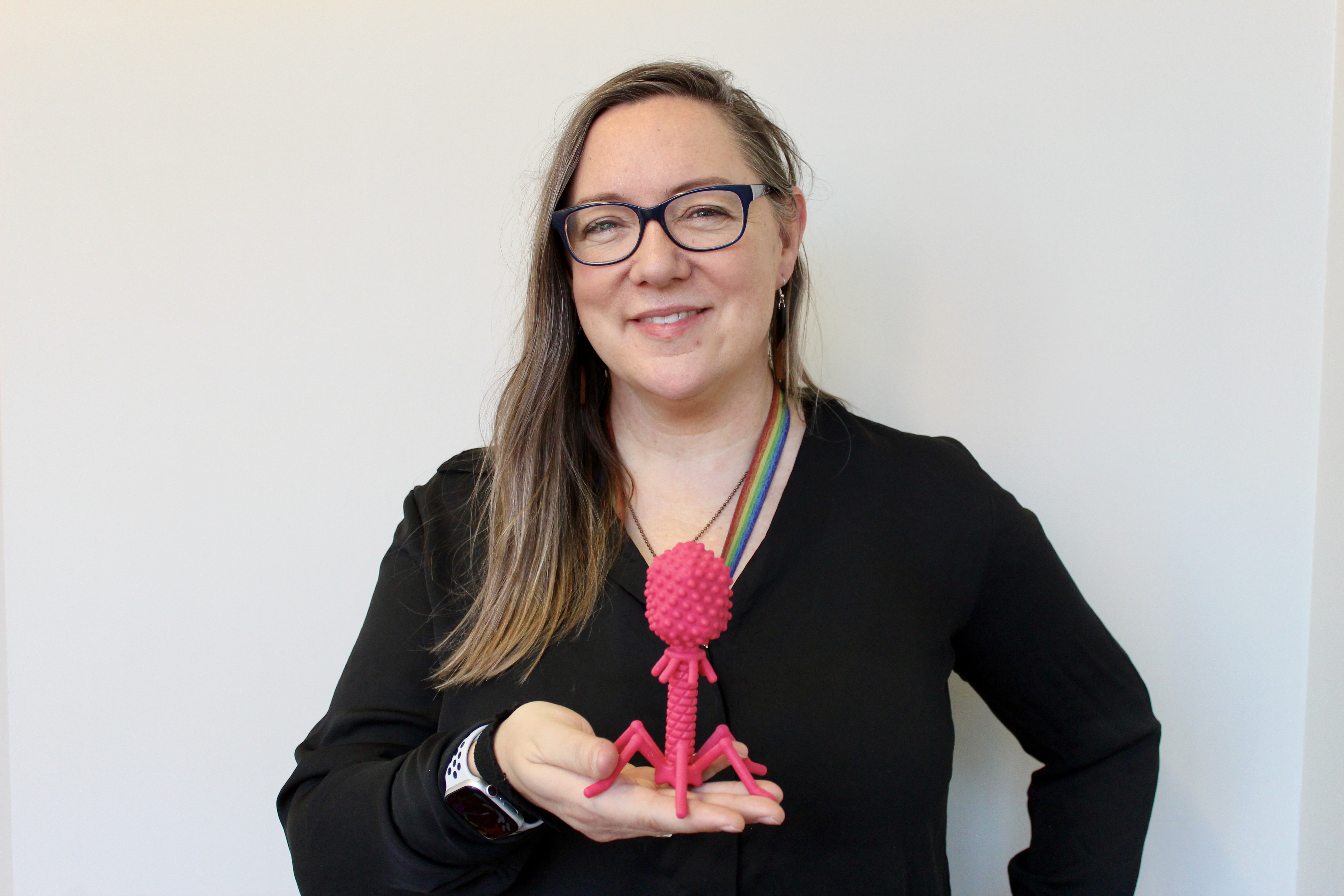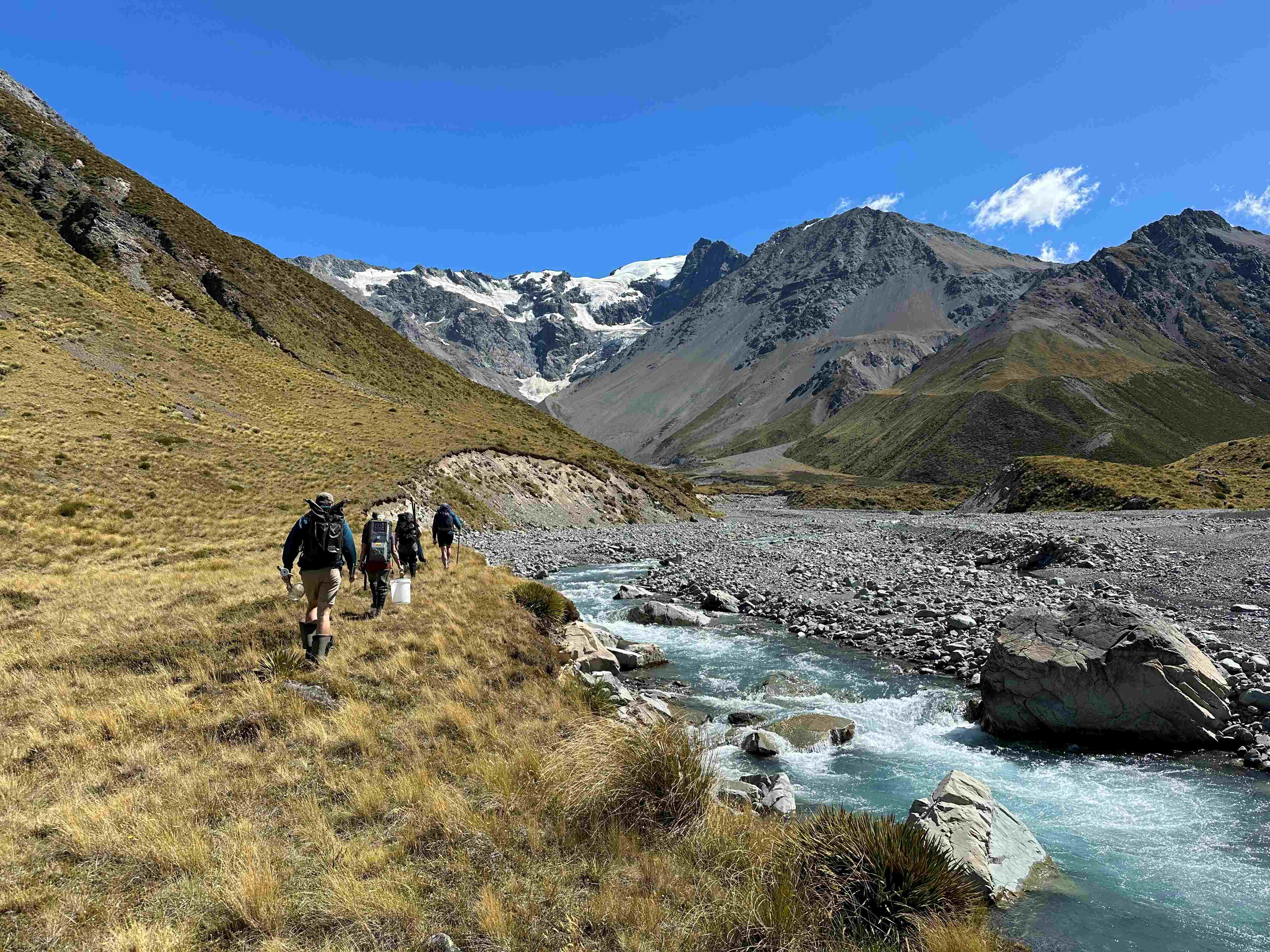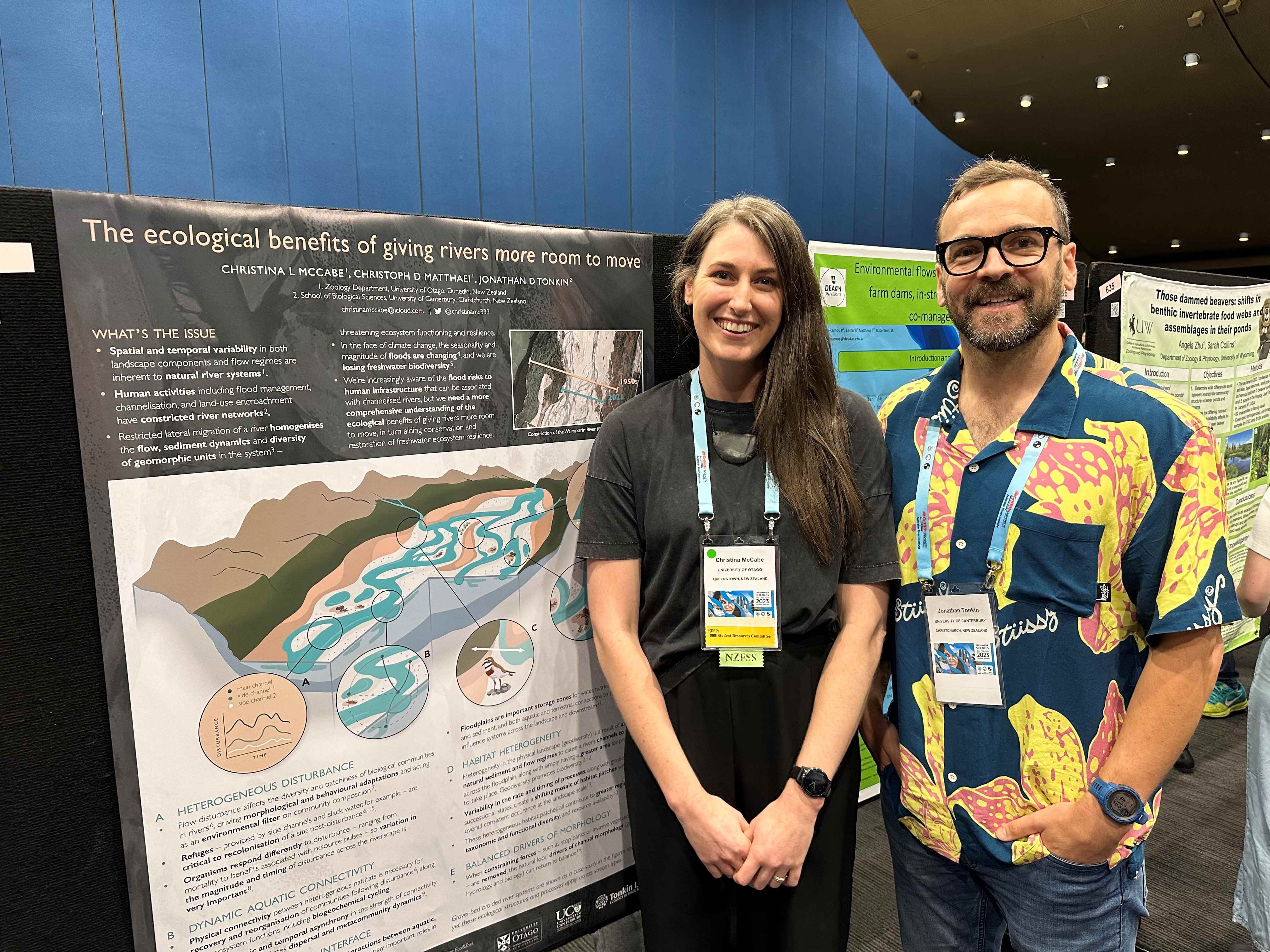Building on initial observations from shortly after its launch, these new results complement the initial understanding of this unusual satellite, and the paper contains details of how the satellite’s brightness changes over time and the visibility of jettisoned hardware. With companies intending to deploy thousands more commercial satellites in coming years, this paper highlights the need for pre-launch impact assessments.
“The interference of satellites in astronomy has become an increasingly pressing issue over the last few years,” commented first author Sangeetha Nandakumar from the Instituto de Astronomía y Ciencias Planetarias, Universidad de Atacama Chile.
UC astronomers, including Rutherford Discovery Fellow and planetary scientist UC senior lecturer Dr Michele Bannister, are part of the international satellite observation effort.
“UC’s Mt John Observatory at Ōtehīwai, Takapō is in the middle of the great sweep of ocean of the South Pacific, so in an ideal spot to make key observations for this global effort,” she says. “The observations were designed and made by University of Auckland Master of Science student Jasmine Anderson-Baldwin and analysed by UC postdoctoral fellow Dr Ryan Ridden-Harper, who are co-authors of the new paper.”
BlueWalker 3 was launched into low Earth orbit on 10 September 2022 by AST SpaceMobile as a prototype for a planned “constellation” of over a hundred similar satellites intended for use in mobile communications. Observations made shortly after launch showed that the satellite was among the brightest objects in the sky. However, to better understand its impact on astronomy, the CPS initiated an international observing campaign.
“Satellites have become an increasingly common sight in New Zealand’s skies in the last four years. When prototype designs for big sets of satellites like BlueWalker 3 go up, it’s really important to see how they affect our sky. Various companies are trying out different ideas, some of which have thousands of units built," Professor Bannister says.
As part of the CPS initiative, both professional and amateur observations were contributed from across the world from sites in Aotearoa New Zealand, Chile, United States, Mexico, the Netherlands, and Morocco.
The newly released data show an abrupt increase in the brightness of BlueWalker 3 over a period of 130 days, coinciding with the complete unfolding of the antenna array, and followed by fluctuations over the subsequent weeks.
The paper also reveals a relationship between the varying brightness and other factors after unfolding, such as the satellite’s height above the horizon and the angle between the observer, the satellite and the Sun. A subset of the observations was also used to calculate the satellite’s trajectory over time. Comparing the predicted path with the observations collected, the authors were able to evaluate the accuracy of these predictions and observe how it declines over time because of factors such as atmospheric drag.
Additionally, the adaptor that held BlueWalker3 securely to its rocket during its launch was observed decoupling from the satellite. This piece of hardware reached magnitude 5.5, exceeding maximum brightness recommendations set out by the International Astronomical Union to avoid the worst impacts of satellites on optical astronomy. It also went unrecorded in public catalogues for four days. Since items of hardware like this are often left to drift for extended periods, incomplete data on their orbits present further challenges for ground-based observatories trying to avoid them.
Observations of BlueWalker 3 will continue, with plans by astronomers to observe its thermal emission later this year.
- Earlier this year, UC scientists summarised the threats future rocket launches would pose to Earth’s protective ozone layer.








IMG_4636.jpg)


